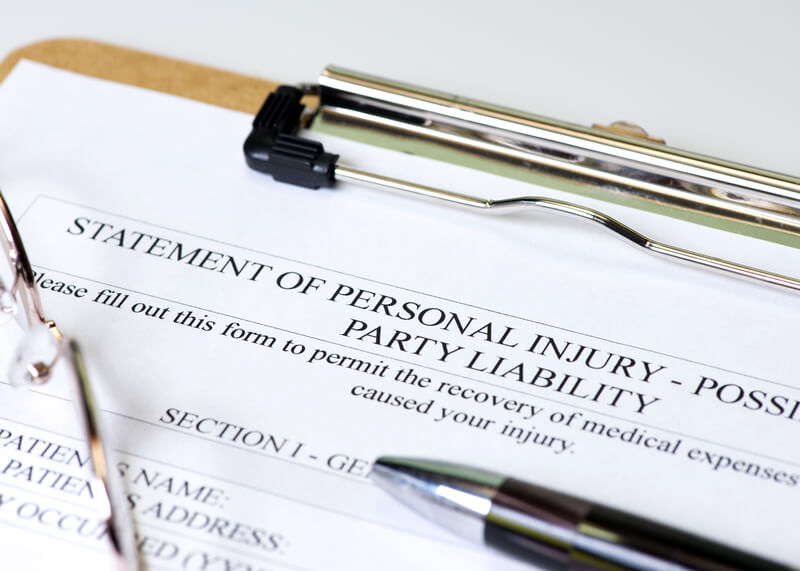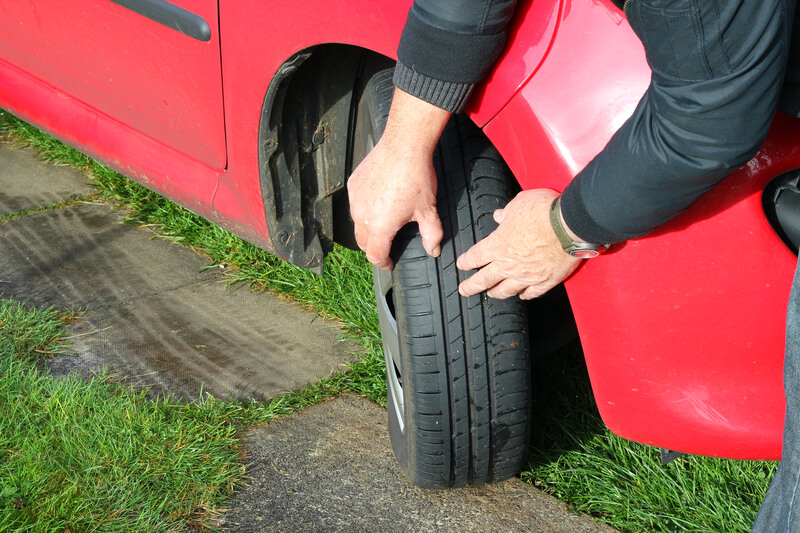Whether it’s a sudden downpour, an endless stretch of drizzly days, or a rare snow or ice storm, Atlanta’s precipitation keeps residents and visitors on their toes. But you wouldn’t know it from watching area drivers, who don’t always take wet roads as a sign to slow down. So what should you do to prepare for Atlanta’s cold season or simply be ready to handle year-round rain?
What is the cause of most car accidents?
While there are many risky behaviors that result in vehicle crashes, speed is a leading factor, playing a part in about one-third of motor vehicle fatalities for the past two decades, according to the National Highway Traffic Safety Administration. Driving at high speeds makes it easier to lose control of a vehicle, and it increases the stopping distance after the driver tries to brake.
Add wet roads to high speeds, and you have an even bigger problem. Stopping time increases further. Vehicles lose traction and hydroplane. Visibility decreases. Speed limits that work on clear days become unsafe as road surfaces develop black ice or slick spots.
And while many drivers will lower their speeds in heavy rains—those top wiper-speed deluges Atlanta typically experiences in the summer—light rain doesn’t always have the same influence. In fact, fatal accidents are 27 percent more likely during even a light rain, according to research published in the Bulletin of the American Meteorology Society.
Slick road driving tips
Aside from slowing down and staying alert, what else can you do to drive safely when Atlanta’s roads are wet?
- Make sure your car is in good shape. This means checking your wiper blades, your lights and your tire treads and inflation.
- Turn on your headlights at the first sign of precipitation.
- Leave space. In addition to slowing down, don’t follow too closely, and take it easy on turns. It’s also smart to keep an eye on the car behind you when it’s raining. If you’re being tailgated, the other driver might not have time to stop when you come to a red light or unexpected hazard.
- Know what to do if you lose control. Ever-evolving advanced safety features are helping drivers maintain vehicle control with new technologies. How you respond in a slide (for example, hard braking or pumping) will depend partly on the vehicle you drive. Understand your car’s safety features and steer in the direction you’re attempting to go.
Driving in snow, sleet or freezing rain
While many Atlanta drivers respond to wet roads with a lack of concern, black ice, sleet or freezing rain is another story. Schools often shut down, businesses stay closed and local governments urge folks to stay home. This is partly a realistic response to limited resources: With so few winter weather events, the Georgia Department of Transportation maintains a streamlined fleet of plows and salt trucks. Their priority will always be clearing icy roads for emergency vehicles, followed by interstates and state routes. The hilly, twisty neighborhood thoroughfares folks ITP rely on aren’t always safe to drive on until after the temperatures climb.
If you do have to drive during Atlanta snow or freezing rain, focus, turn on your lights, slow down and watch for icy conditions, especially on bridges and flyovers.
Better yet, take a snow day, work from home or delay your departure until temperatures climb a bit or trucks have a chance to work on the road. If you’re an essential employee, you may want to learn about your company’s winter weather accommodations ahead of time as well. For example, some hospitals will encourage the next shift to come in early ahead of winter weather conditions.
Flash floods and safe driving
Atlanta rainstorms often come on fast, dropping inches of rain in a short span. This can easily lead to flash flood conditions, where a large amount of rain overwhelms streams and sewers. In a heavily built-up city like Atlanta, underpasses and low-lying roads might become impassable with little warning.
Avoid driving if there’s a flash flood in your area or one forecasted for later. If you’re already on the road or you need to get to a safer area, never drive through standing water. According to the Georgia Emergency Management and Homeland Security Agency, only a foot of water can float a car and two feet can sweep a vehicle away.
What should you do after a slick road crash
After a car crash in the rain, snow or ice, you’ll want to move your vehicle to the side of the roadway if it’s drivable and turn on your hazards—the same slick road conditions that contributed to your accident could cause a secondary collision or skid.
Call 911 and get the medical attention you need. If you don’t require immediate care, do your best to document the crash site and gather personal information from the other driver. Make a note of the weather and road conditions in the area, but don’t risk your life or put yourself in danger to document the scene.
Atlanta personal injury lawyers
If you’ve been hurt in a crash on slippery roads, you need a personal injury attorney who can demonstrate that the other driver’s negligence led to the accident. If you need help, contact the personal injury attorneys at Litner + Deganian for a free consultation and case evaluation.












